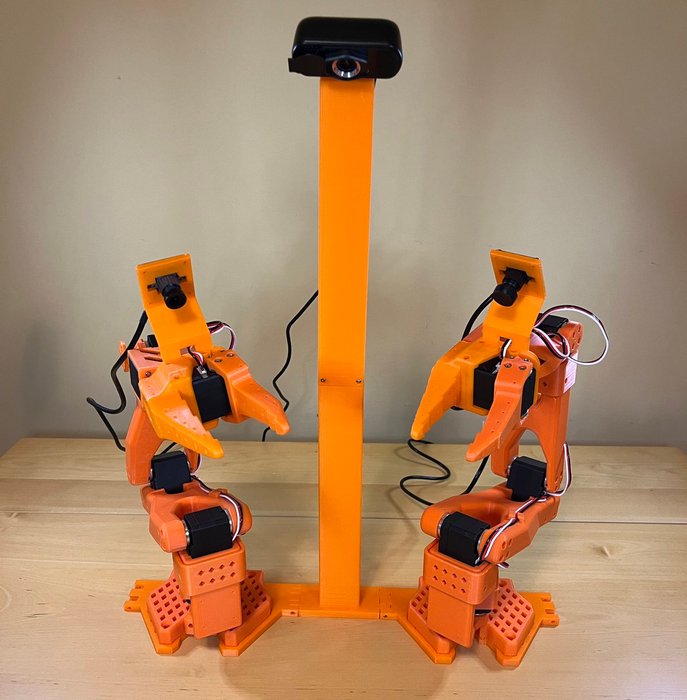Sublime
An inspiration engine for ideas
Brian Potter • Why did agriculture mechanize and not construction?
There are three main types of physical levers: Force/Fulcrum/Weight, such as using a crowbar to open a door. Fulcrum/Weight/Force, such as a wheelbarrow. Fulcrum/Force/Weight, like a baseball bat.
Shane Parrish • The Great Mental Models Volume 2: Physics, Chemistry and Biology

Simplification highlights how leaders can manage the conditions in which people are operating, so solving problems—particularly complex ones—is quicker, easier, and more productive. Simplification moves people in the direction of the winning zone via the following: •Easier experiments: Simplification creates opportunities to solve smaller problems;
... See moreSteven Spear • Wiring the Winning Organization: Liberating Our Collective Greatness through Slowification, Simplification, and Amplification

"You want two things:
1. Simplicity, simplicity, simplicity. No wasted movement. No wasted effort.
2. Compounding. Every project should have a long runway and feed the others."